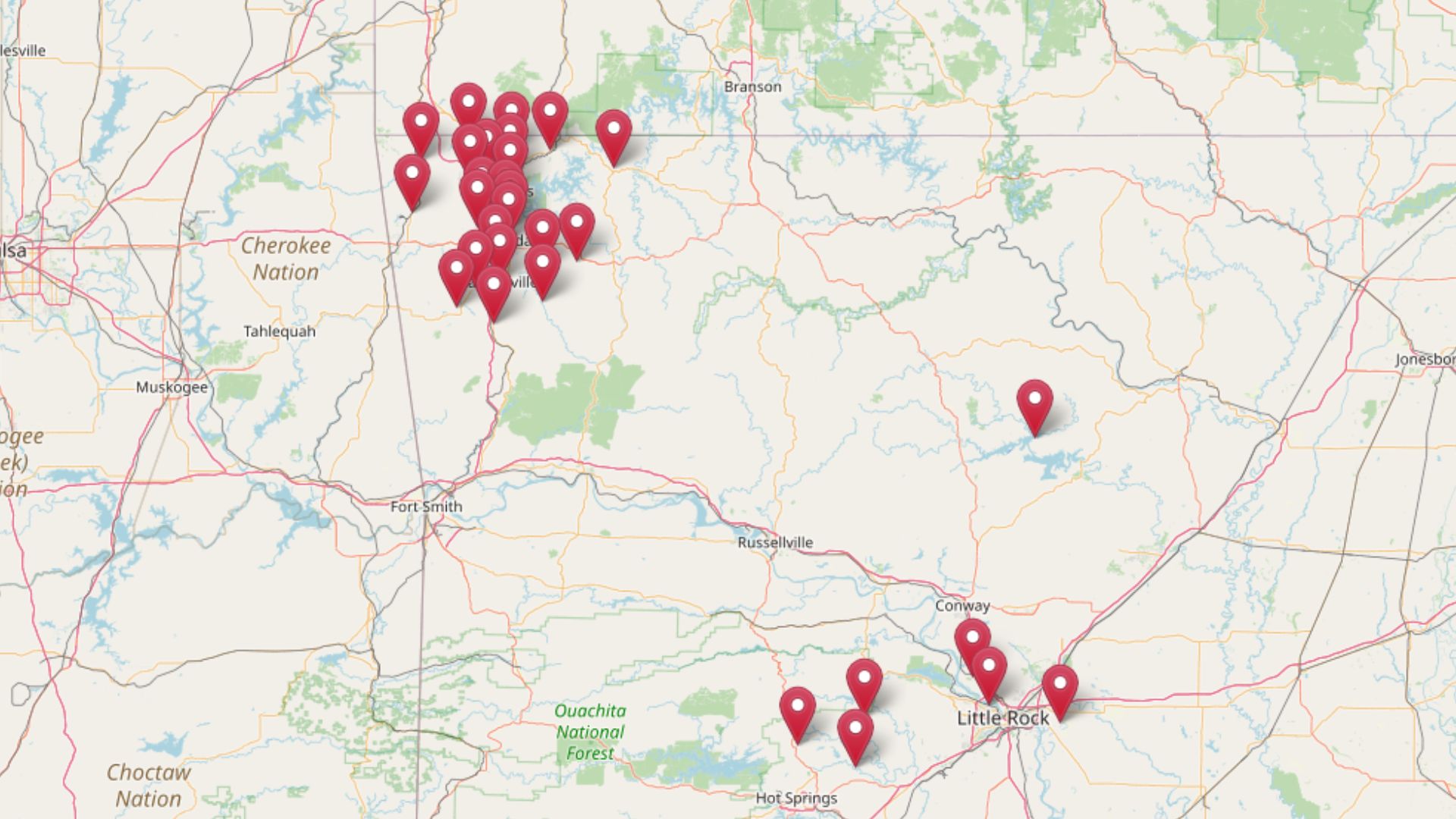
Buying a home is often the biggest financial decision your family will ever make, but what happens when the “dream house” turns into a costly mistake? The warning signs aren’t always obvious at first—sometimes they show up as daily inconveniences, hidden expenses, or neighborhood realities you didn’t see coming.
Over time, these cracks in the foundation of your choice can drain your savings, strain family life, and sabotage future resale value. The truth is, a house can look perfect in photos and still be completely wrong for your lifestyle and long-term goals.
Before you sink more money into patching over regrets, learn the subtle but telling indicators that reveal when a home is quietly sabotaging your family’s financial future. Here are 23 signs experts agree prove you invested in the wrong house.
23. You’re Remodeling Everything Just to Cope

You know a purchase missed the mark when every room demands an “urgent” makeover just to function for daily life. Continual remodels drain savings, stall family routines, and mask that the core layout simply doesn’t fit how you live.
Data shows over-remodeling rarely returns dollar-for-dollar at resale, especially when changes are purely corrective rather than strategic. If you’re fixing flow, storage, lighting, and finishes in every space, the house isn’t the problem—your initial fit analysis was.
22. Insurance Claims or Permits Reveal Nightmares

Past claims and permit histories are a paper trail that tells the truth when staging won’t. A pattern of water, fire, or liability claims signals hidden risk that can raise premiums and depress future buyer interest.
Missing or closed-out permits for big projects suggest work that may be non-compliant or unsafe, which lenders and appraisers notice. If disclosures read like a thriller, you probably bought the plot twist instead of the property.
21. Appraisal Came In Low and Stagnant

A purchase that starts with a low appraisal often means you paid ahead of the market curve. If subsequent appraisals and comps haven’t caught up, you’re staring at negative equity risk that limits refinancing and move-up options.
That gap also spooks future buyers and tightens lending, shrinking your pool when it’s time to sell. When value growth flatlines while the mortgage marches on, the house is quietly taxing your family’s future choices.
20. Resale Comps Weak Compared to Purchase

Comparable sales are the market’s reality check, and weak comps after closing suggest your price belonged to a hotter listing than the area supports. If nearby homes with better lots, layouts, or schools are trading lower, your equity is fighting uphill.
Agents and appraisers will use those comps against you the moment you list, forcing price cuts or incentives. Paying top dollar in a soft micro-market is like swimming against a riptide—exhausting and unwise.
19. Zoning Blocks Future Upgrades or ADUs
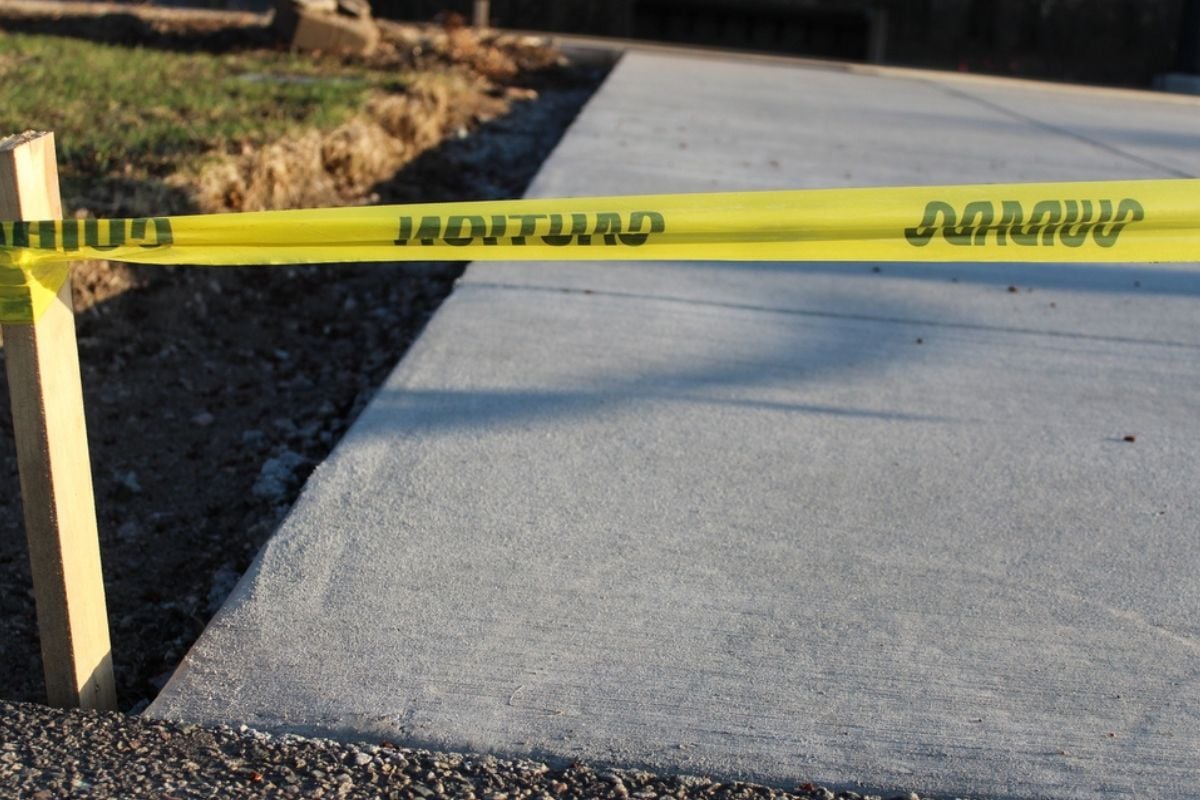
Great houses grow with families, but restrictive zoning can freeze your plans in place. Bans on accessory dwelling units, height limits, or setback rules can kill dreams of an office, in-law suite, or rental income. Even minor changes like widening a driveway or adding a dormer can trigger costly variances you might not win. If the code book says “no” to everything you need, you bought walls, not possibilities.
18. Accessibility Issues for Aging or Guests
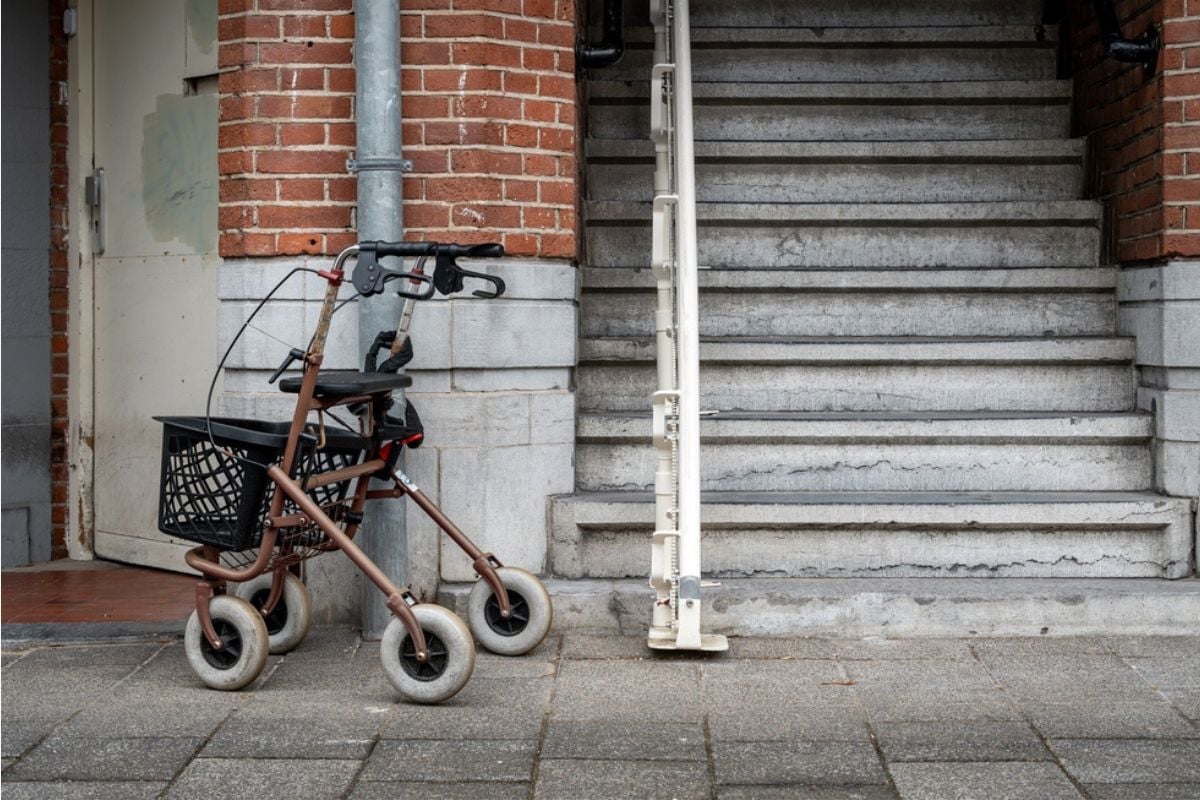
Steep entries, split levels with tight turns, and narrow baths feel like daily obstacles when strollers, injuries, or aging parents enter the chat. Retrofitting true accessibility—wider doors, curbless showers, main-level bedrooms—costs real money and can fight the structure.
Resale also suffers because more buyers now filter for accessible basics that keep life easier and safer. When a simple visit home becomes a logistics plan, the house is working against your family, not for it.
17. No Off-Street Parking or Charging Options

Street parking might fly for singles, but households juggling carpools, deliveries, and gear need predictable, secure spots. In dense areas, lack of a driveway or garage pushes insurance and hassle higher while inviting tickets and dings.
With EV adoption rising, no practical location for a charger is both a lifestyle headache and a resale handicap. If every arrival sparks a hunt for curb space, the property wasn’t bought with real life in mind.
16. Yard Demands More Upkeep Than Life Allows
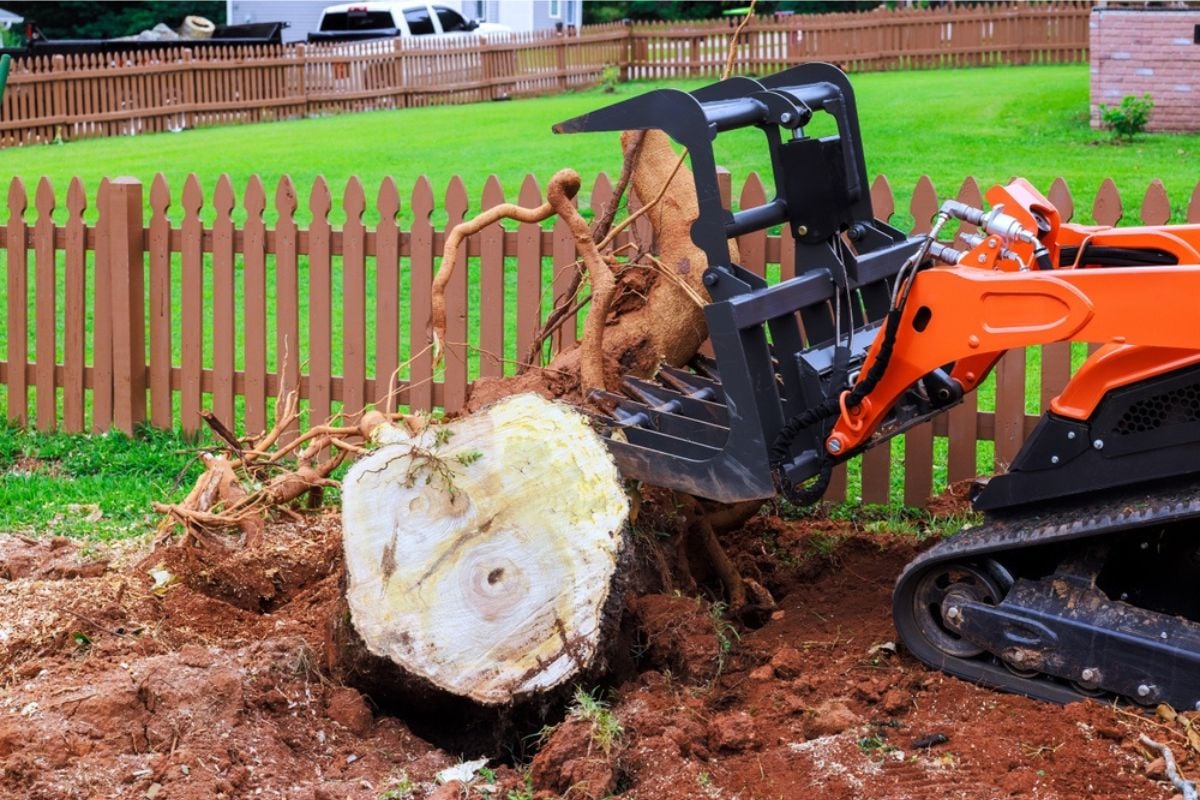
An acre of landscaping looks romantic until weekends vanish into mowing, pruning, and irrigation repairs. High-maintenance yards demand tools, storage, and service contracts that quietly add thousands per year.
Families typically prize usable, low-effort outdoor zones—safe play areas, shade, and simple planting—over ornamental upkeep. When your calendar reads “yardwork” more than “time together,” the lot size chose you, not the other way around.
15. Energy Bills Spike Despite Normal Use
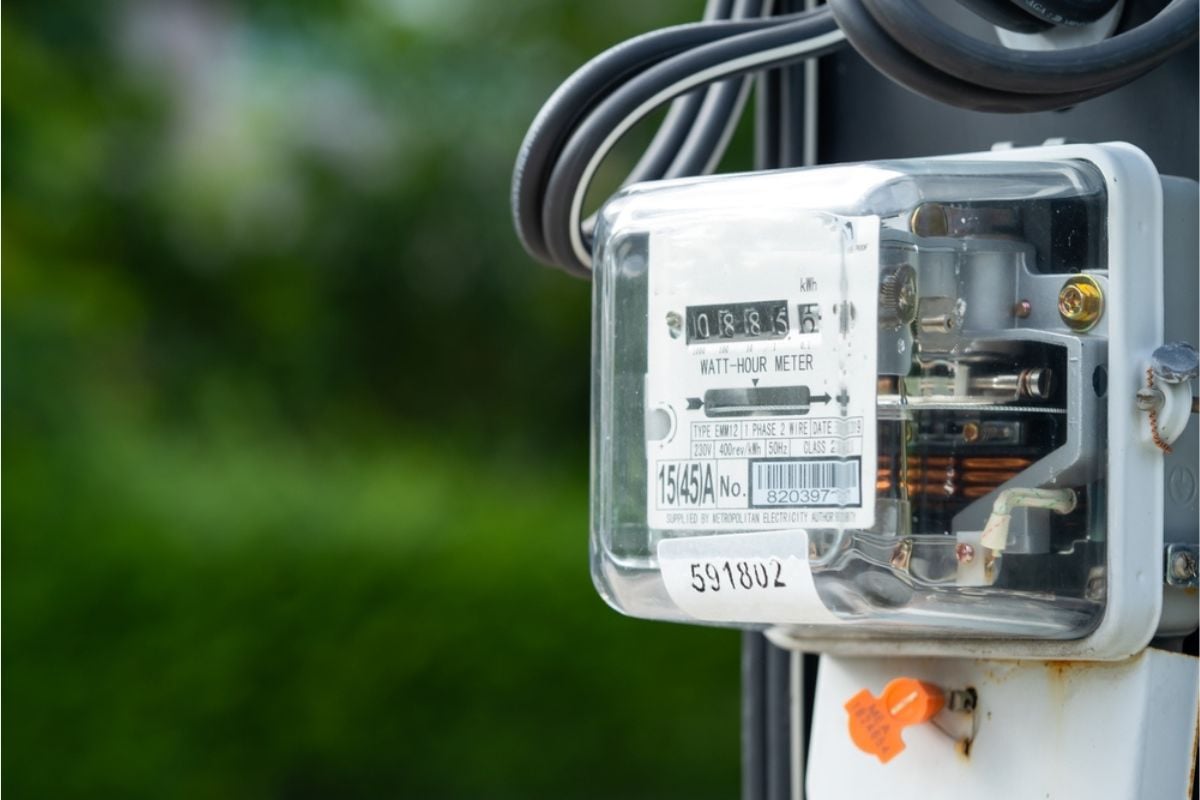
Consistently high utility bills are a diagnostic clue that insulation, windows, ducting, or HVAC design is failing. Older equipment and leaky envelopes can push monthly costs so high they rival a second car payment.
Energy inefficiency also signals comfort problems—hot upstairs, cold downstairs—that buyers notice on walkthroughs. If your budget bleeds every billing cycle, the “deal” price is being recaptured by the utility company.
14. Aging Systems Drive Endless Repair Bills

Roof at end-of-life, galvanized plumbing, aluminum wiring, or a furnace older than your teenager—these aren’t charming quirks, they’re budget grenades. When multiple systems age out together, expenses cluster, and emergency calls become your new hobby.
Lenders and insurers may add conditions or surcharges, further raising carrying costs. If your fridge, water heater, and sewer line feel like a relay race, you didn’t underwrite the house—you adopted it.
13. DIY Fixes Hide Structural Problems

Painted-over cracks, creative shims, and “clever” basement solutions are red flags that someone treated symptoms, not disease. Hidden structural issues—settlement, rotten sills, undersized beams—surface later as doors that won’t latch and floors that smile.
Bringing work up to code often means undoing the DIY first, then paying for the real fix. When every wall you open reveals a plot twist, you didn’t buy value; you bought a renovation mystery.
12. Chronic Moisture, Musty Odors, or Mold

Persistent dampness is a house’s way of whispering “expensive.” Moisture from grading, gutters, or vapor barriers invites mold, pests, and material decay that jeopardize health and structure. Remediation and waterproofing can run five figures and still need ongoing maintenance to hold.
If your dehumidifier works overtime and towels are part of the cleaning kit, this “home” is actually a humid habitat.
11. Natural Light Is Strangely Absent
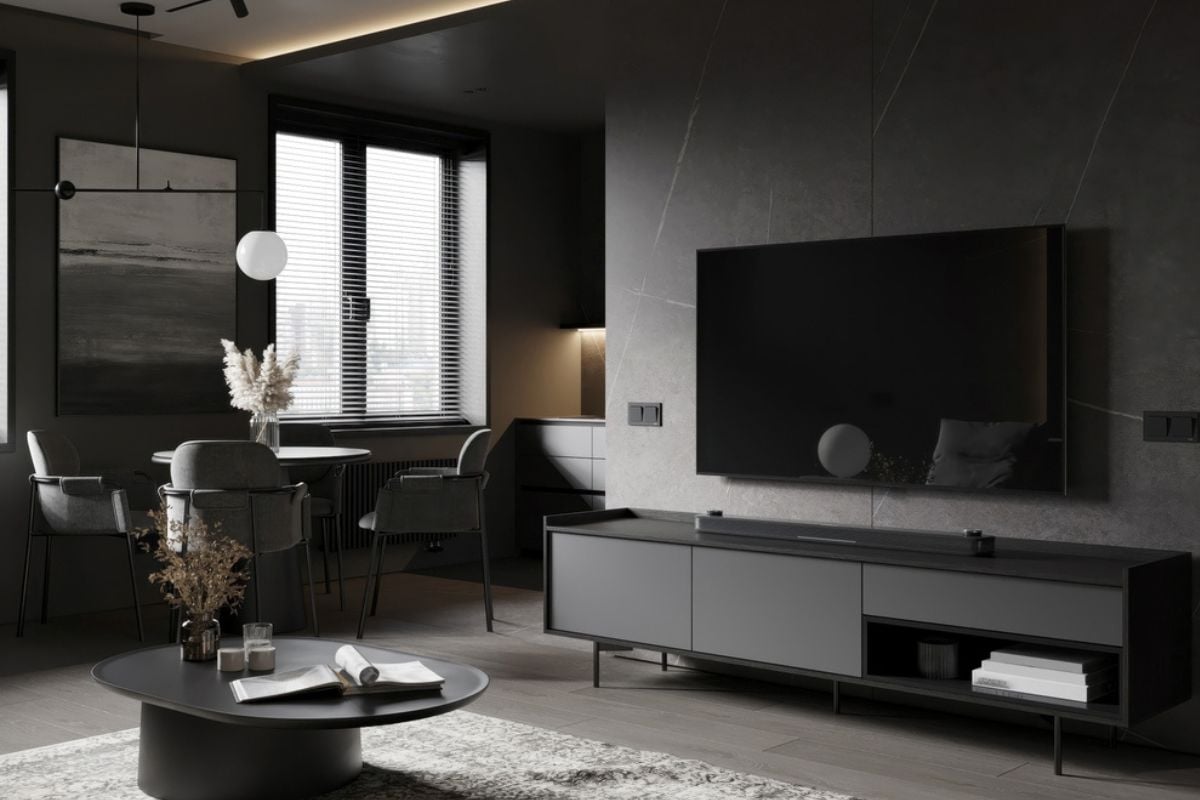
Dim interiors dampen mood, reduce perceived space, and make even fresh finishes look tired. Lack of daylight also forces higher energy use and limits where you can cook, read, or work without eye strain.
Fixes—bigger windows, new openings, skylights—are expensive and sometimes blocked by structure or setbacks. When you check the clock because the house can’t tell you it’s daytime, the floor plan missed a fundamental.
10. Kitchen Lacks Workflow and Storage

Kitchens live or die by their work triangle, prep zones, and intelligent storage—not by the color of the cabinets. If trash, fridge, sink, and range fight each other, daily cooking becomes a friction sport. Retrofitting function often requires moving plumbing, power, or walls, which balloons budgets fast. A beautiful kitchen that’s a bad workplace is a showroom, not a family engine room.
9. Bedrooms Too Small for Real Furniture

Rooms that can’t handle a proper bed, dresser, and safe circulation aren’t bedrooms—they’re arguments waiting to happen. Kids outgrow micro-spaces quickly, and adults resent closets that function as décor.
Buyers notice this instantly, punishing resale even when the listing claims “four bedrooms.” If you’re playing furniture Tetris to walk around the bed, you bought square footage, not usability.
8. Layout Fights Everyday Family Routines

Homes that block sightlines from kitchen to play areas, isolate bedrooms from baths, or exile laundry to the dungeon create constant micro-annoyances. Every errand inside the house takes longer, generating clutter hot spots where the plan insists on working against you.
Fixing flow often demands structural changes, not décor, and that’s real money. When the path from breakfast to backpacks feels like an obstacle course, the layout is the adversary.
7. HOA Fees and Surprise Special Assessments
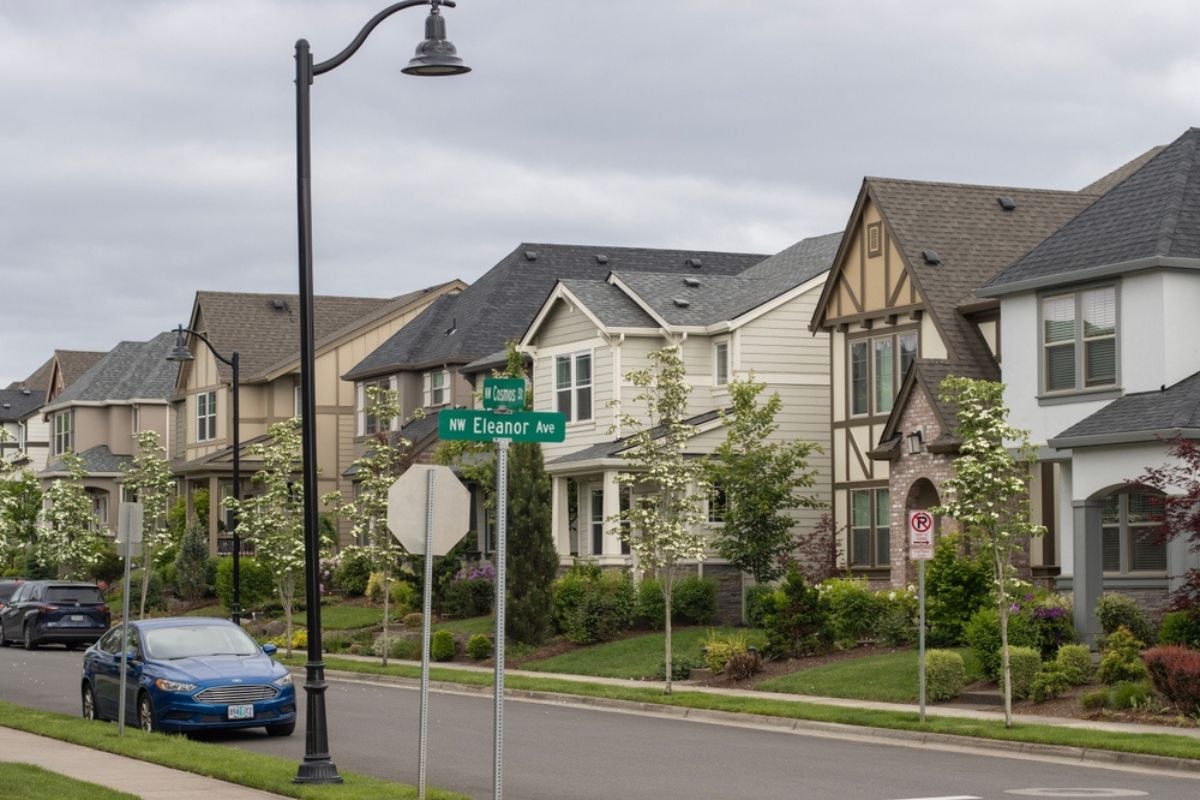
Monthly dues nibble at budgets, but special assessments take big bites with little warning. Communities with deferred maintenance or ambitious amenities can shift costs onto owners at the worst times.
Resale suffers because buyers factor dues into borrowing power and compare against nearby non-HOA options. If your neighborhood pool feels like a second mortgage, your affordability math was too rosy.
6. Property Taxes Far Exceed Area Norms

Tax outliers compound over years, turning a “manageable” payment into a slow-motion budget squeeze. Reassessments after renovations or policy shifts can jump bills right when everything else is getting pricier. High carrying costs also narrow your future buyer pool, especially for first-timers sensitive to monthly totals. When taxes rise faster than equity, the house becomes an expensive address for average living.
5. Flood or Fire Zone Insurance Shock

Being in a high-risk zone means premiums and deductibles that can dwarf the savings from any initial deal. Coverage may be limited or subject to moratoriums after local disasters, complicating claims and closings.
Elevation, mitigation, and defensible-space improvements help but rarely eliminate the cost burden. If the map colored your parcel the wrong shade, your wallet will feel it annually.
4. Planes, Trains, or Highway Roar

Chronic noise erodes sleep, concentration, and outdoor enjoyment, and buyers know they can’t “decorate” it away. Even with upgraded windows, low-frequency traffic rumble sneaks in and makes patios and nurseries less livable.
Noise maps and flight paths are public info, so expect savvy shoppers to discount accordingly. When conversations pause for the 7:10 freight, lifestyle is paying a toll.
3. Neighborhood Crime Feels Uncomfortably High

Safety is the first filter for most families, and perceived risk beats granite every time. Break-ins, car thefts, and porch piracy push insurance up and community trust down. Buyers cross-shop crime stats, neighborhood apps, and local news, so the narrative follows the listing. If you hesitate to let the kids bike to the park, your address is failing a basic test.
2. School Zoning Undercuts Kids’ Needs
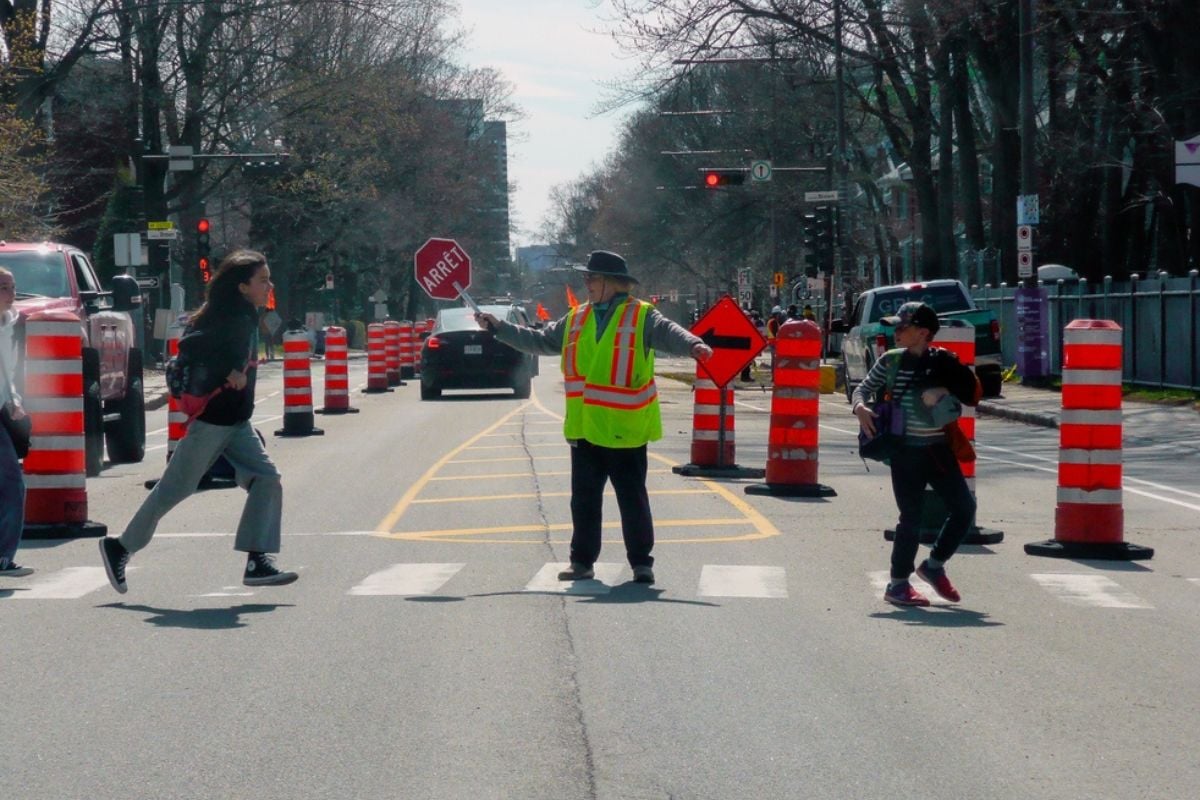
Parents don’t just buy walls; they buy an education path that matches their children. If your zone lacks the programs, support services, or commute sanity you need, every semester becomes a compromise.
Transfers, lotteries, and private tuition add stress and cost that weren’t in the original plan. When the bell rings and you feel regret, the house picked the school—your family didn’t.
1. Commute Eats Hours Every Day
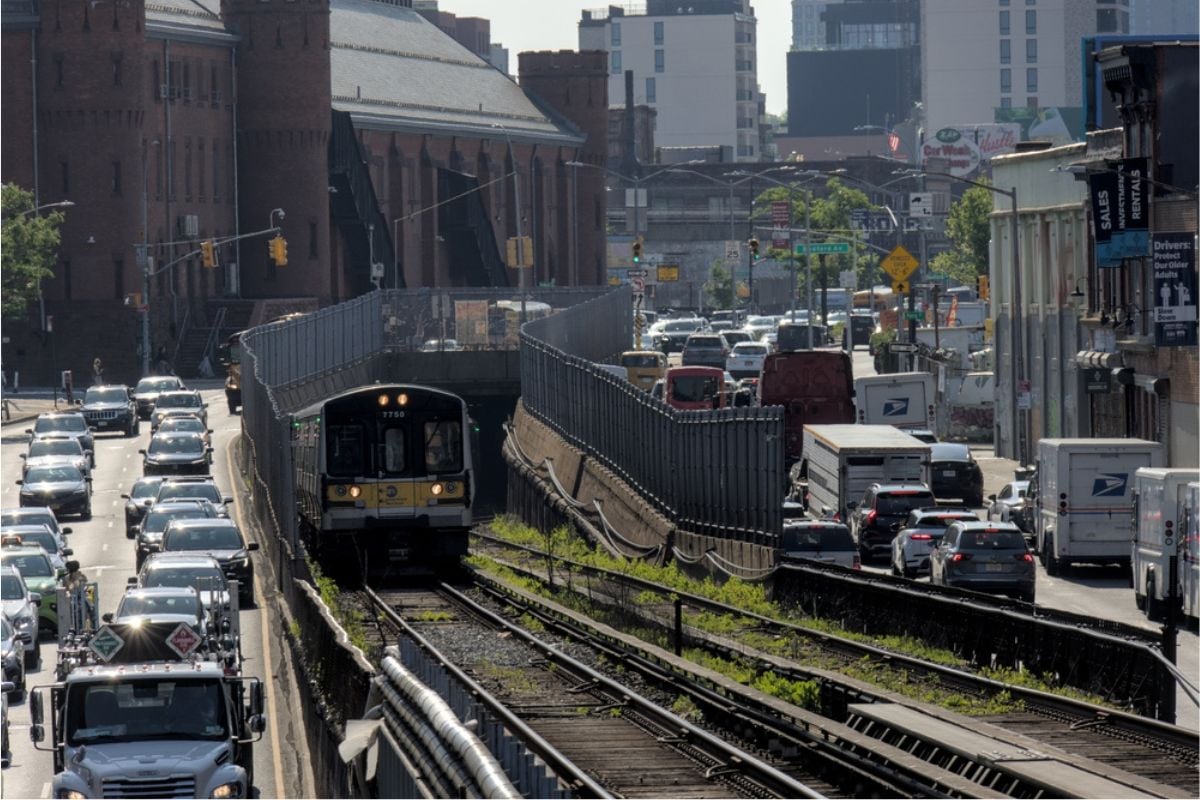
Long daily drives or unreliable transit quietly tax your health, relationships, and budget more than any mortgage line item. Fuel, fares, parking, and car maintenance stack up while family time shrinks.
Remote options help, but if the address requires a marathon to reach life’s essentials, burnout wins. The best house is the one that gives you time back; if this one steals it, you paid too much in the only currency that matters.

